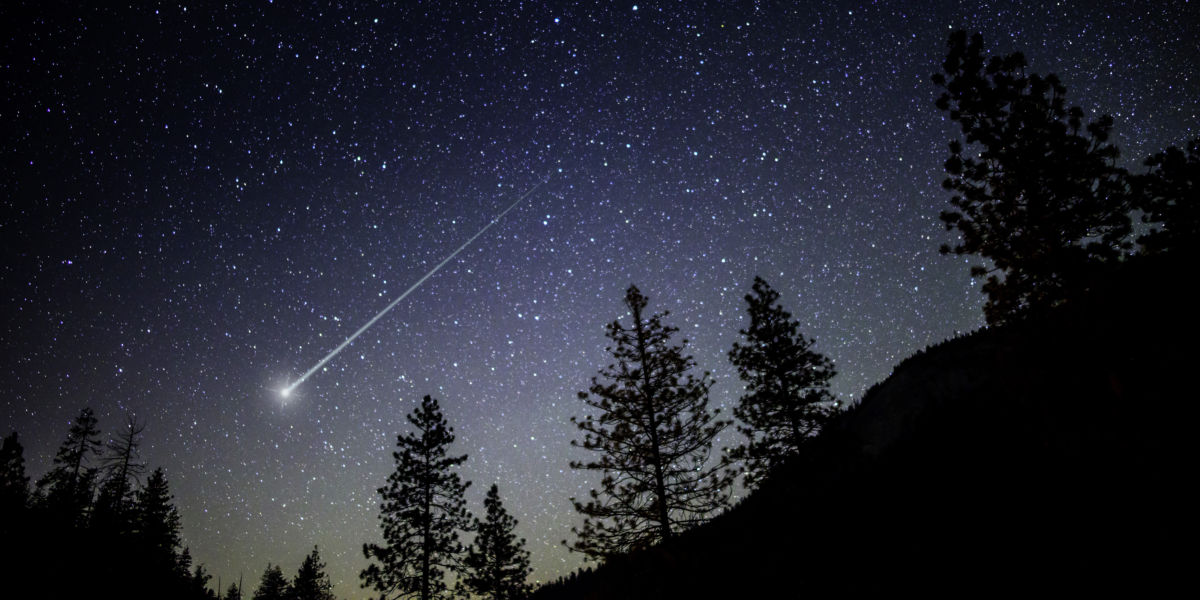
Don’t Miss This Week’s Meteor Shower—It’s Worth Setting an Alarm For
The annual Eta Aquariid meteor shower isn’t the easiest to see, but this relic of Halley’s Comet’s last visit offers a dramatic show for those who get up early enough.

It has been decades since Halley’s Comet made its last visit to our corner of the solar system—and if you’re old enough to remember 1986, you will probably recall that it wasn’t all that spectacular.
A small consolation prize, though, is coming up. The comet always leaves a trail of debris in its wake when it passes through the solar system, and when the Earth’s orbit takes it through that cloud of cosmic dust during the first week of May every year, the result is the annual Eta Aquariid meteor shower.
This year’s shower peaks early on the morning of Friday, May 5. Most meteor showers are best after midnight, but this one is particularly elusive, peaking in the wee small hours just before dawn.
The Eta Aquariids aren’t the most prolific shower—10 or 20 meteors an hour is typical in the Northern Hemisphere. (It’s a lot more impressive in the tropics and Southern Hemisphere.) And this year’s shower has the disadvantage of taking place when the moon is full. But the shooting stars that are seen tend to be fast-moving and bright. There’s also an above average chance of spotting what stargazers refer to as “earthgrazers.” These are long-lasting fireballs appearing to skim along the horizon. They’re an arresting sight and on a good night are part of the reward for being up before the sun.
For the best view of the Eta Aquariid meter shower, get outside before dawn Friday morning. A view of the eastern horizon is best, because that’s where you’re most likely to see the earthgrazers. But meteors can appear in any part of the sky, so try to find the most wide-open view you can. Beaches and lakeshores are good, as are open fields. And if the weather isn’t the best Friday morning, never fear: Some meteor showers peak over the course of just a few hours. But this one is longer lasting, so you are likely to see an above average number of shooting stars for almost the entire month of May.
Read the Current Issue Here!
Get one year of Sunset—and all kinds of bonuses—for just $24.95. Subscribe now!
